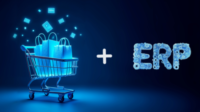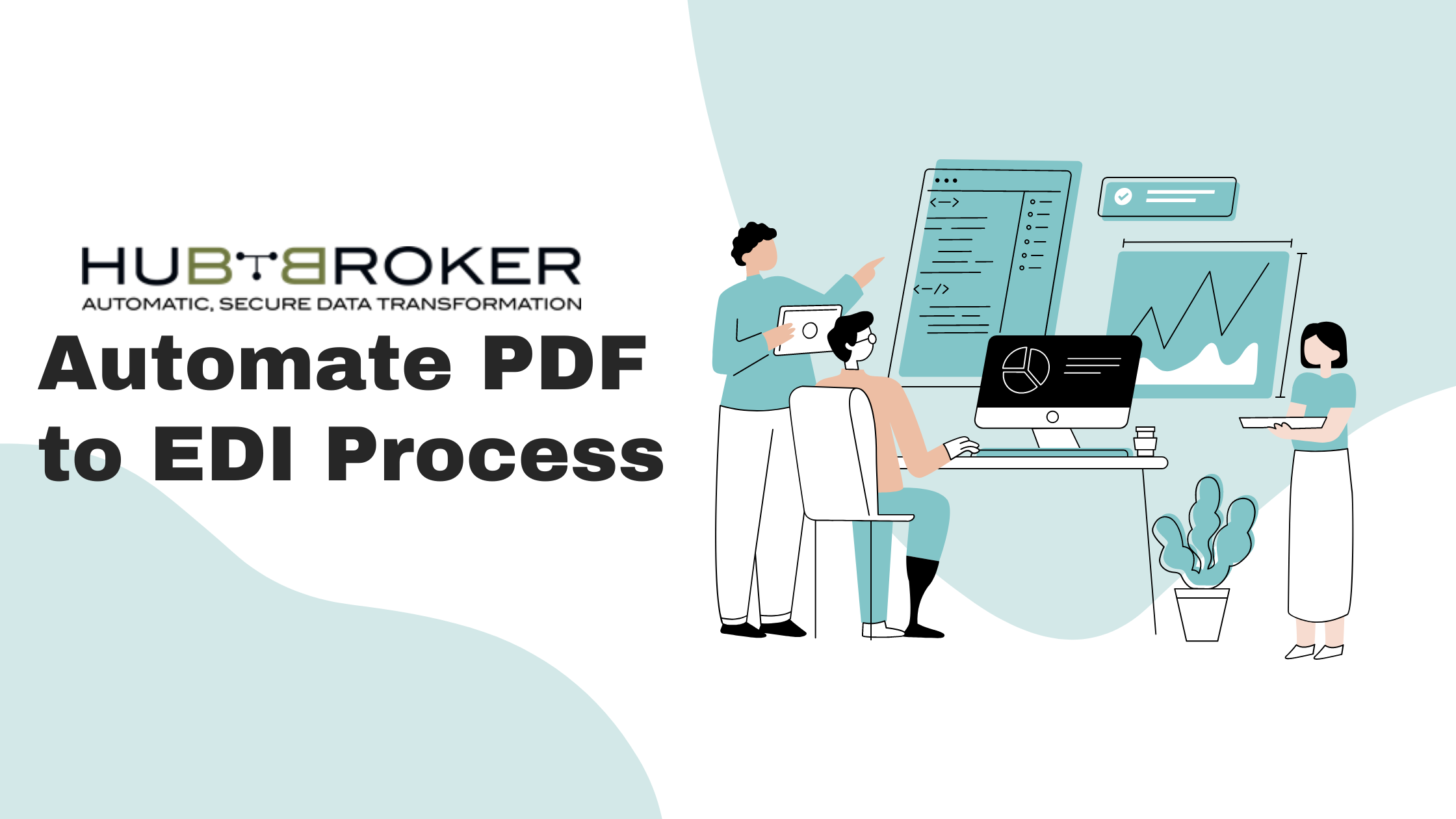Enterprise Resource Planning (ERP) is a comprehensive software solution that unites all aspects of your business, from finance and manufacturing to supply chain and sales. By integrating these processes, ERP provides a centralized platform for managing and optimizing your operations.
To effectively implement, it’s essential to customize it to your specific business structures and goals. This involves integrating data from various departments, such as finance, logistics, and human resources, to support strategic planning and execution.
A centralized ERP and strategic integrations can propel your business forward. If Shopify integration is on your radar, we’ll provide you with the essential details for a successful connection.
What is ERP integration?
ERP integration connects your enterprise resource planning system with other essential tools and platforms. This creates a seamless flow of information, ensuring data accuracy and consistency across your entire organization. By automating tasks and processes, you can boost efficiency, gain valuable insights, and make informed decisions that drive growth.
ERP system integration may be accomplished with cloud-based and on-premises software. Integrated solutions automate business processes and workflows with software not offered in the ERP software system and reduce manual data entry.
ECommerce’s rise has also led businesses to focus on eCommerce integration with their ERP software. Businesses that previously stayed away from this channel are now gravitating towards it. By 2040, 95% of all purchases are expected to be eCommerce.
Benefits of ERP integration
An ERP system aims to be a central hub for your organization’s data, providing real-time insights, streamlining processes, and reducing costs. However, this power relies on effective data integration. By connecting your ERP to other systems, you can:
Revitalize Legacy Systems
Modernize your legacy systems by integrating them with a CRM. This allows you to maintain the value of your existing tools without needing a complete overhaul.
Enhanced Mobility
Empower your employees with real-time access to data from anywhere, thanks to a fully integrated ERP system.
Easy Integration
Our integration platform allows you to seamlessly connect your ERP to a wide range of tools, giving you the flexibility to choose the best solutions for your business.
Gain valuable insights and make data-driven decisions with real-time data from all your systems, centralized in your ERP.
Automated Data Entry
Eliminate manual data entry errors and free up valuable resources by automating data transfer processes through ERP integration.
Reduced Training
Simplify employee training by consolidating data access into a single, user-friendly ERP system.
Improved Decision-Making
Don’t let your data remain siloed or rely on manual processes. ERP integration offers a more efficient and effective solution.
ERP Integration With Shopify: Common Methods
While many ERPs offer pre-built integrations, these often have limitations in terms of the number and types of applications they can connect to. Unless you’re using a complete software suite from a single vendor or only need the most common integrations, you’ll likely need to explore other options.
Businesses commonly use these methods to integrate their ERP systems:
Custom Integrations
Custom integrations are tailor-made by businesses to connect their ERP systems with specific software. This process involves programming and requires technical expertise and time.
Vendor-Built or Native Integrations
Vendor-built or native integrations are pre-built connectors that allow you to quickly connect popular applications to your ERP system. These integrations often come at no additional cost.
Integration Platform as a Service (iPaaS)
iPaaS is a cloud-based platform that simplifies the process of building and managing integrations between different applications. This eliminates the need for on-premise hardware and allows organizations to create custom workflows.
Planning For ERP Integration with Shopify
1. Prioritize Critical Data
Identify the core data that drives your business operations. This might include financial data, customer information, order details, product inventory, and any other essential information that needs to be seamlessly shared across your systems.
2. Identify Inefficient Processes
Pinpoint the manual tasks that consume significant time and resources without adding much value. Look for processes that involve repetitive data entry, manual calculations, or time-consuming workflows. These are the areas where automation can have the most significant impact.
3. Choose Your Deployment Method
Consider the advantages and disadvantages of cloud-based and on-premise ERP deployments. Cloud-based ERP offers flexibility, scalability, and reduced maintenance, while on-premise solutions provide greater control over data and infrastructure. Evaluate your business needs, security requirements, and IT resources to make the best decision.
4. Select an Integration Method
Select the integration method that aligns with your business needs and technical resources. Consider these options:
Shopify APIs: Directly connect your ERP to Shopify using its application programming interfaces. This offers high flexibility but requires technical expertise.
ERP’s Native Integration: If your ERP has built-in eCommerce integration, leverage this feature to simplify the connection process.
Third-Party Integration Solution: Utilize a specialized integration platform to automate data exchange between your ERP and Shopify. These solutions often provide pre-built connectors and can be a good option for businesses without extensive technical resources.
Streamlining Distribution and Manufacturing with Shopify ERP Integration
Among the myriad ERP vendors, stands out as a top-tier integration solution tailored to the specific needs of distributors and manufacturers. This cloud-based, low-code iPaaS seamlessly connects and synchronizes data across diverse systems, applications, and databases, including CRM, ERP, and e-commerce platforms, regardless of their deployment environment (on-premise or cloud-based).
Key features and benefits that make the preferred choice for Shopify ERP integration include:
- Effortless Integration: A plug-and-play solution that requires no specialized coding knowledge.
- User-Friendly Interface: A smooth user experience with an intuitive, versatile, and easy-to-navigate interface.
- Customization and Flexibility: Custom APIs for seamless integration with multiple systems and drag-and-drop functionality for rapid project development.
- Centralized Insights: A centralized dashboard that provides comprehensive analytics for organization-wide visibility.
- Tailored Solutions: Clear and actionable insights to address your unique business requirements effectively.
- Enhanced Collaboration: Improved cross-channel collaboration and streamlined management of teams, sales funnels, and order fulfillment.
- Comprehensive Support: Robust customer service and technical support to ensure a seamless integration process.
By leveraging, businesses can achieve streamlined operations, improved data accuracy, and enhanced efficiency in their Shopify-ERP integration efforts.
Conclusion
A well-executed Shopify ERP integration is the cornerstone of a thriving e-commerce business. By automating processes, centralizing data, and enhancing efficiency, you can streamline operations, boost productivity, and foster a more collaborative work environment.
Moreover, a seamless integration empowers you to deliver exceptional value to your customers, ultimately driving business growth. Schedule a demo today to discover how HubBroker can transform your e-commerce business.





